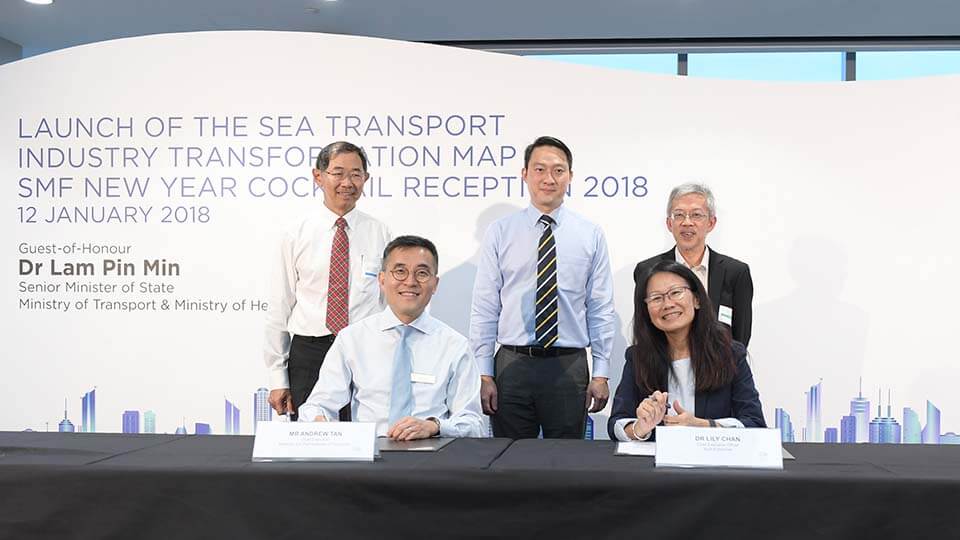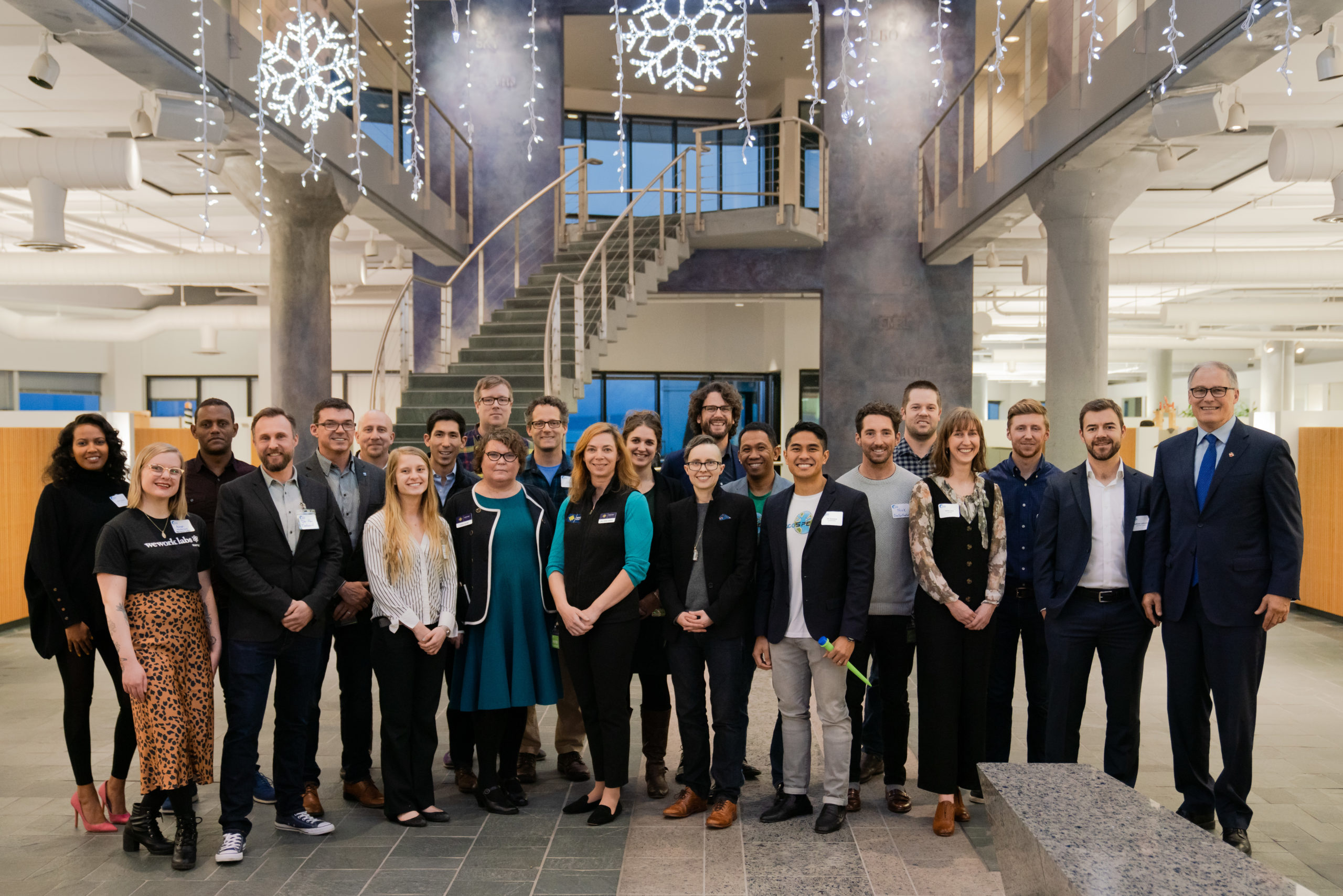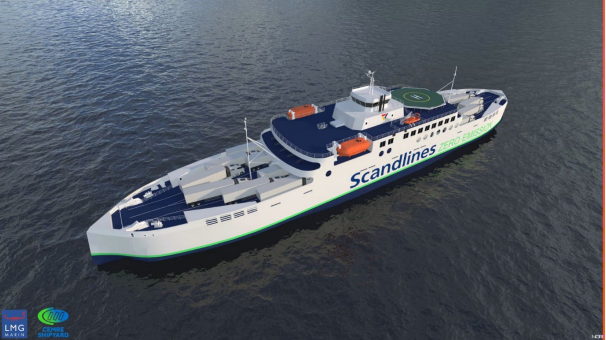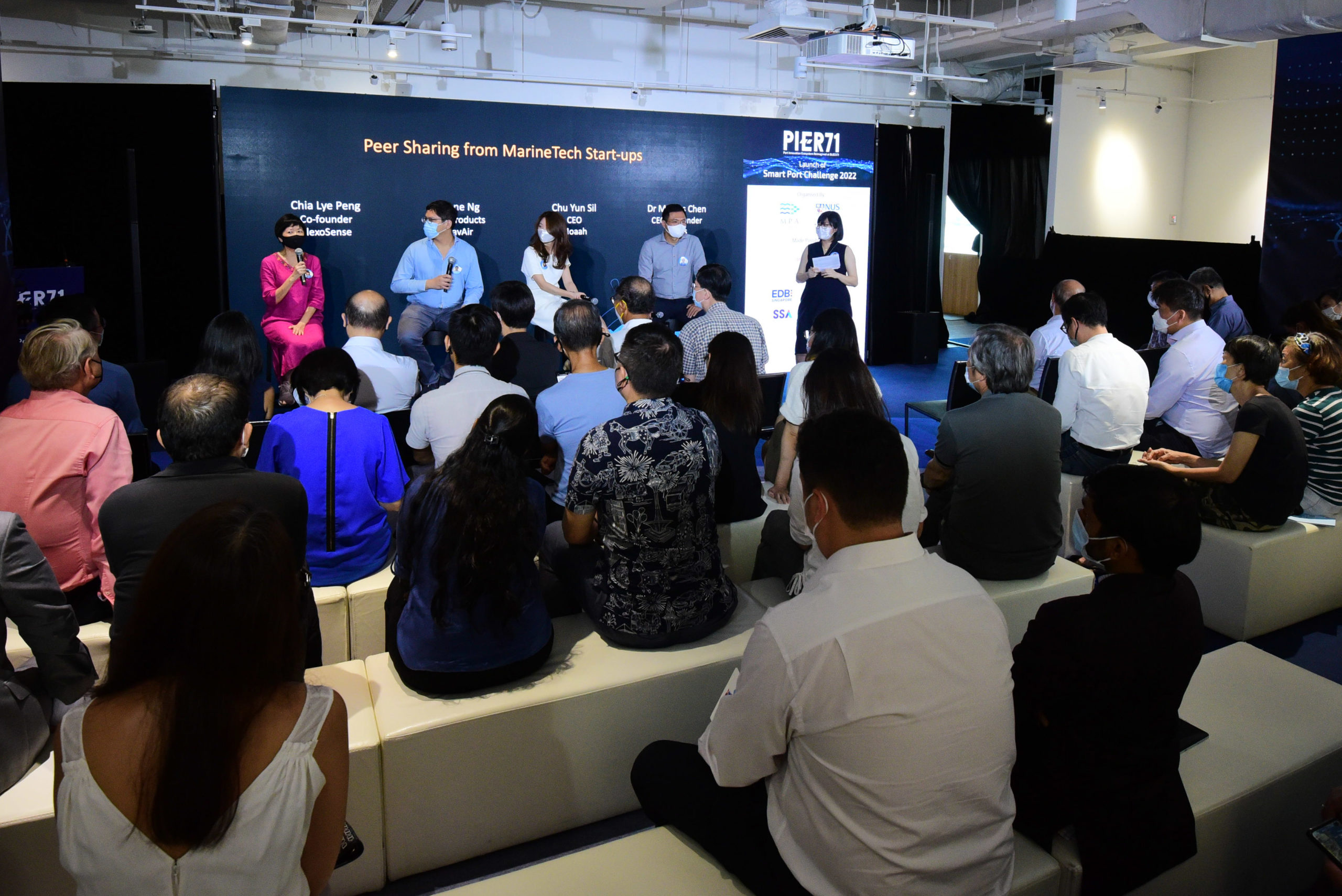Innovation hubs and accelerator centres are opening up globally that are seeking further capital to be invested in projects. However, with the right investment, additional benefits are starting to become apparent for the broader market, write Samantha Fisk.
Singapore-based Pier 71 and US-based Washington Maritime Blue are both innovation hubs that are seeing further increased activity in the development of digital technologies for the maritime industry and a need for more investment. While their aims are similar, both are looking to take their approaches to this. Mark Lim, Pier 71 explains that: “Pier 71 is not an accelerator project but a government-funded development for maritime innovation in Singapore. We don’t look to make money, but to bring money in for the innovation.”
Government funding of projects seems to be taking an essential step forward for these hubs with further funding budgets and grants becoming available. Washington Maritime Blue is also looking at how it can utilise public funding to assist its innovation projects, as it sees potential growth from this avenue and through joint capital investment.

Joshua Berger, Governor’s maritime sectors lead, Washington Maritime Blue, explains that its starting point was to look at what capital was out in the market locally for Seattle and Washington. “There was lots of capital pre-COVID but not in maritime, and we wanted to know how we could get into that,” says Berger.
Washington Maritime Blue seeks out capital investors as well as federal and state funding for the innovation projects that it takes on. Berger explains that by having public financing for projects it helps bring capital investment. “Using the public dollar to buy down risk”, he says.
The key to getting access to capital investment is also linked in with the types of innovation being developed. It is about impact investment, which is growing fast. “People now want to invest where their values lie,” explains Berger.
Berger also notes that one of the main challenges facing the innovation centre today is its definition of the ‘blue economy’. He says that for this to happen there needs to be equality for all in the community.
To cater to this, Washington Maritime Blue is taking what Berger refers to as the ‘hub and spoke’ approach for other centres (incubators) that will open up in the future. These centres will focus on the skills in the area and help to build the community utilising those skills and opening more job opportunities in that area.

Pier 71 has also got ties with the community that it is based in. Lim explains that the name of the hub initially came from the building where the innovation centre is now based. The building called Plot 71 was purchased as an investment from the town port authority and the university.
“The plot was marked to be redeveloped as it was an old 1970s building, but we wanted to use the building. The name evolved from Plot 71 to Pier 71 today.”
Different locations are seeing different demands. Lim notes that Pier 71 is seeing a lot of digital solutions that look at the ‘back-end’ for automation rather than the end product itself. Going forward, he expects to see more technology that looks at maintenance and scheduling for the industry.
Pier 71 one is currently running its latest innovation programme called Smart Port Challenge, where it will look to take on 42 start-ups out of a potential 400 over two years to go forward for further funding and development. This year Lim says that he expects to see solutions that are based around “energy efficiency and green technology” with the environmental regulations that are affecting the industry at the moment.
The pandemic has impacted how business’ now work in the industry and how solutions can aid them to help keep functioning while still under restrictions. Lim expects that it will shape communications and the future of digital solutions being adopted in the industry.
Berger says that it’s still early in the day to see the extent that the pandemic has had, although he has seen investment drawback over recent months, but that there is still a lot of public funding going forward that will help underpin this.


































